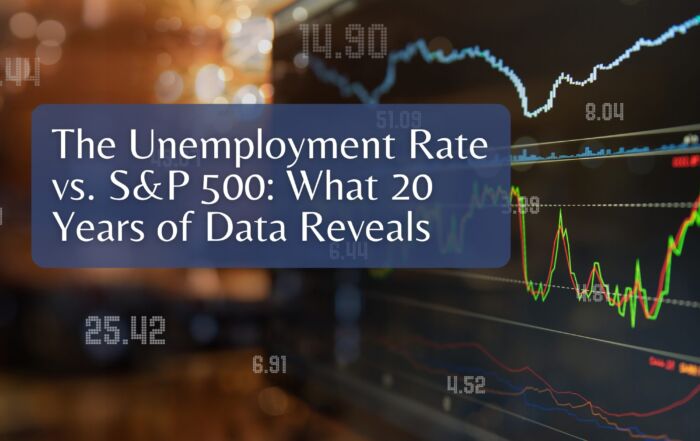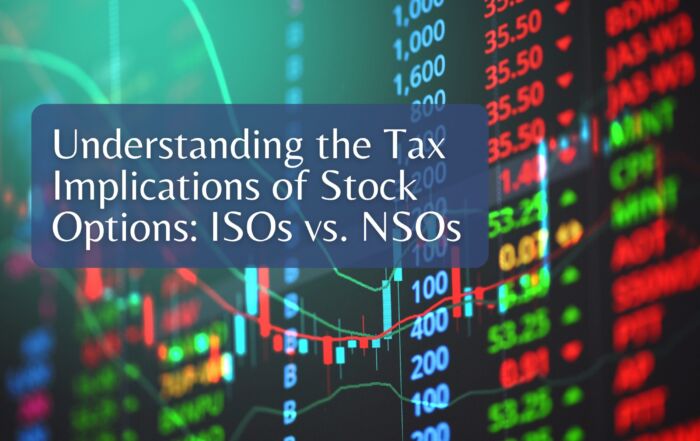How Are Social Security Benefits Calculated?

Many people tend to think that they pay into social security and their money is held for them until they retire and at such time their money is paid back to them. That’s not how it works at all. Social Security tax collected by the government is actually paid out to current retirees. How much you receive will depend on several parameters as laid out by AARP.
Social Security adjusts your earnings for historical changes in U.S. wages, takes your 35 best-paid years and produces what it calls your average indexed monthly earnings (AIME). Only income up to the maximum taxable earnings — the annually adjusted cap on how much of your earnings are subject to Social Security taxes — is counted. (The maximum taxable earnings in 2022 are $147,000.)
Second, they apply a formula to that monthly average to determine your primary insurance amount (PIA) — the amount you’ll get each month from Social Security if you claim benefits at your full retirement age. That’s 66 and 4 months for people born in 1956, gradually rising to 67 for people born in 1960 or later.
The formula breaks down your average monthly wage into three parts. In 2022, it is:
- 90 percent of the first $1,024 of your AIME;
- plus 32 percent of any amount over $1,024 up to $6,172;
- plus 15 percent of any amount over $6,172.
The sum of those three figures is your PIA, also known as your full retirement benefit. The sliding scale is designed to weight the benefit to help low-wage earners, who need retirement money the most.
Finally, the SSA plugs in the age at which you claim benefits. They take a bite from the full benefit if you are younger than full retirement age — you can lose more than a quarter of your benefits by starting Social Security at 62, the earliest possible age. But they add to your benefit for each month between full retirement age and 70 that you delay claiming benefits. You can gain up to 32 percent extra in benefits this way.
Keep in Mind
- The SSA recalculates your benefit annually, adjusting for inflation and figuring in the previous year’s income.
- If your previous year’s income ranks in your top 35 years of earnings, Social Security will shove aside a lower-earning year. That means your average monthly earnings figure will go up.
- If you worked fewer than 35 years, Social Security credits you with zero earnings for each year up to 35.
Casey Smith
President
Have more questions? Contact Us
Click here to schedule a consultation with one of our financial planners.
Download our free guide: “Your Pre-Retirement Checklist”
Listen to Our Podcast:
Share This Story, Choose Your Platform!
Wiser Wealth Management, Inc (“Wiser Wealth”) is a registered investment adviser with the U.S. Securities and Exchange Commission (SEC). As a registered investment adviser, Wiser Wealth and its employees are subject to various rules, filings, and requirements. You can visit the SEC’s website here to obtain further information on our firm or investment adviser’s registration.
Wiser Wealth’s website provides general information regarding our business along with access to additional investment related information, various financial calculators, and external / third party links. Material presented on this website is believed to be from reliable sources and is meant for informational purposes only. Wiser Wealth does not endorse or accept responsibility for the content of any third-party website and is not affiliated with any third-party website or social media page. Wiser Wealth does not expressly or implicitly adopt or endorse any of the expressions, opinions or content posted by third party websites or on social media pages. While Wiser Wealth uses reasonable efforts to obtain information from sources it believes to be reliable, we make no representation that the information or opinions contained in our publications are accurate, reliable, or complete.
To the extent that you utilize any financial calculators or links in our website, you acknowledge and understand that the information provided to you should not be construed as personal investment advice from Wiser Wealth or any of its investment professionals. Advice provided by Wiser Wealth is given only within the context of our contractual agreement with the client. Wiser Wealth does not offer legal, accounting or tax advice. Consult your own attorney, accountant, and other professionals for these services.





